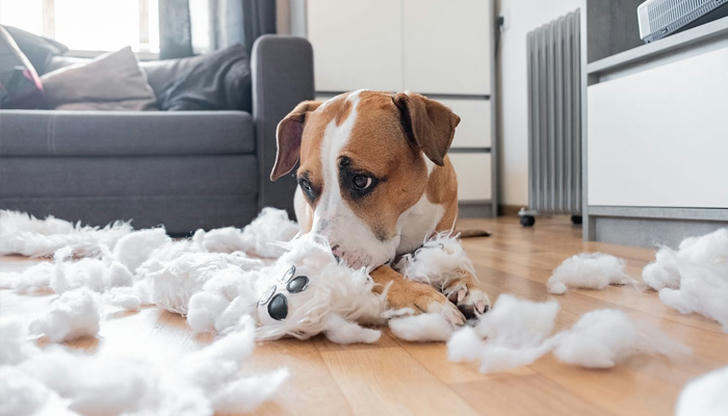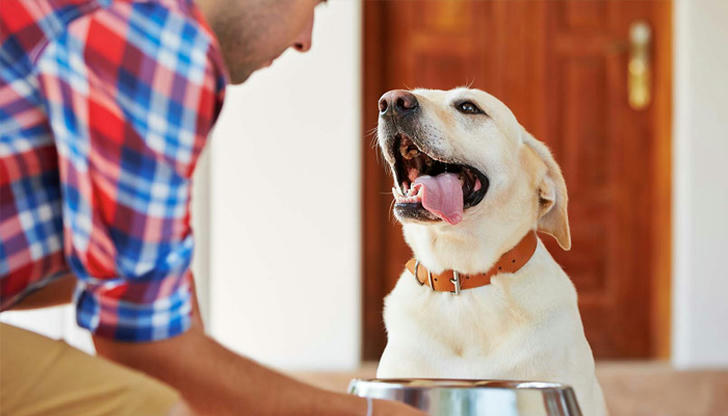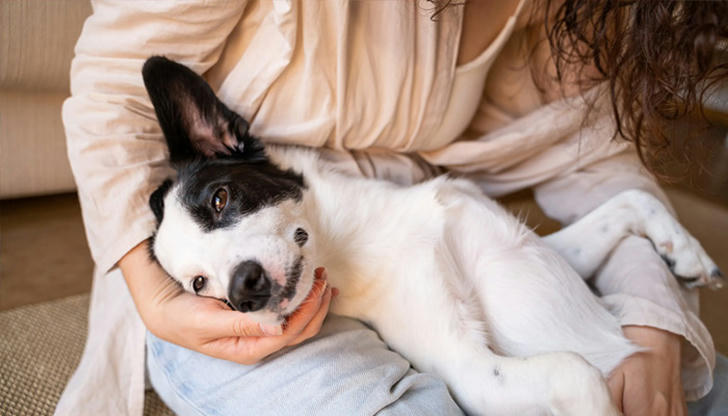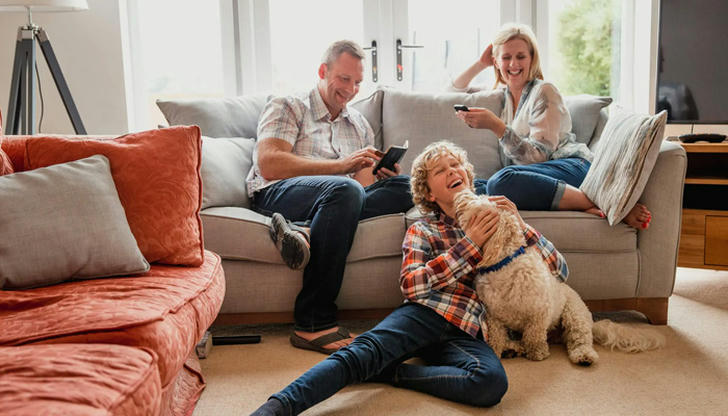Are Our Pets Stressed? Recognizing and Easing Anxiety in Modern Pets

If your dog suddenly starts pacing when you grab your keys---or your cat hides under the couch every time a delivery truck passes---you're not imagining it. Just like humans, our pets can experience anxiety. The difference? They can't tell us what's wrong. And in today's busy, overstimulating world, more pets are showing the signs.
As pet parents, we often imagine our furry companions living stress-free lives filled with naps, cuddles, and treats. But the truth is, modern pets face challenges their ancestors never did: unpredictable routines, constant noise, long hours alone, and too much (or too little) stimulation. It's no wonder that anxiety in pets is now one of the most common reasons for vet visits across the U.S. and Europe.
So how can you tell if your pet is stressed---and more importantly, how can you help them feel safe again?

Spotting the Hidden Signs of Pet Anxiety
Pet anxiety doesn't always look like what you'd expect. While some pets tremble or whine, others become withdrawn, clingy, or even destructive. Here are some of the most common (and often overlooked) signs:
- Excessive grooming or scratching---A stressed cat might lick a spot until it's raw, or a dog might chew its paws obsessively
- Changes in appetite---Anxiety can cause loss of interest in food, or sometimes overeating as coping behavior
- Restlessness or pacing---If your dog can't settle down or keeps circling the same space, it might be unease
- Destructive behavior---Chewing furniture, tearing up pillows, or digging at doors often stems from frustration or separation anxiety
- Vocalization---Whining, howling, or constant meowing when left alone is your pet's way of calling out for reassurance
Every pet expresses stress differently. Some internalize it, becoming quiet or avoiding touch, while others act out. The key is noticing changes in their normal behavior---and taking them seriously.

Why Modern Life Is So Stressful for Pets
Let's face it: our pets live in a very human world. They're surrounded by smartphones, doorbells, blenders, traffic, and unpredictable schedules. Even seemingly small changes---a new sofa, a baby in the house, or your work-from-home routine shifting---can throw them off balance.
One of the biggest triggers? Loneliness.
Dogs are social animals that evolved to live in packs. When left alone for eight or more hours a day, they can develop separation anxiety, pacing the door and whining until you return. Cats, though more independent, also crave stability. Frequent disruptions---like loud visitors or moving apartments---can make them anxious too.
Then there's sensory overload. City pets, in particular, deal with constant noise, bright lights, and unfamiliar smells. Even a simple trip to the vet can feel like an assault on their senses.

Easing Pet Anxiety: Simple Steps That Make a Big Difference
The good news? There's a lot we can do to help our pets find calm again. Here are proven strategies used by trainers, behaviorists, and everyday pet owners alike:
1. Establish a Predictable Routine
Pets thrive on knowing what comes next. Feeding, walks, and bedtime should happen around the same time each day. The consistency helps them feel secure---especially after periods of change, like moving homes or returning to office work.
2. Create a Safe Zone
Give your pet a space where they can retreat when overwhelmed. For dogs: a quiet corner with a soft bed, familiar toys, and low light. For cats: a cozy perch or enclosed hideaway. Avoid disturbing them there---it's their equivalent of a "Do Not Disturb" sign.
3. Try Calming Aids
Natural calming solutions are becoming more popular---and effective. Pheromone diffusers (like Adaptil or Feliway), weighted blankets, lavender sprays, or even slow, rhythmic music can work wonders. Some owners swear by CBD treats or supplements formulated for anxiety (always check with your vet first).
4. Exercise and Mental Stimulation
A tired mind is a calm mind. Interactive toys, puzzle feeders, and daily walks help release pent-up energy and lower stress hormones. For high-energy breeds, consider agility or scent training to give them purpose.
5. Practice Gradual Desensitization
If your pet's anxiety is linked to specific triggers---like the vacuum cleaner, thunder, or car rides---introduce those stimuli slowly and pair them with positive experiences (treats, play, or praise). Over time, the fear response diminishes.
6. Don't Reinforce Fear---but Don't Ignore It, Either
If your dog trembles during fireworks, comforting them isn't "spoiling" them. It's reassurance. Just stay calm yourself---pets mirror our emotions. Your composed presence tells them everything is okay.

When to Seek Professional Help
Sometimes, anxiety can become chronic or severe enough to affect a pet's health. If your cat stops eating, your dog becomes destructive, or their symptoms persist despite lifestyle changes, it's time to call a vet or certified animal behaviorist.
They might recommend medical options or structured behavior therapy to help your pet regain balance. Think of it as mental healthcare---because emotional wellness matters just as much as physical health.

The Calm They Deserve
At the end of the day, easing your pet's anxiety isn't about eliminating every stressor---it's about giving them stability, comfort, and understanding. After all, they give us unconditional love every single day; the least we can do is help them feel safe in a world that often feels unpredictable.
So tonight, take a moment to sit with your pet. Turn off the screens, breathe, and be still. Sometimes, the best therapy---for both of you---is simply being together.
